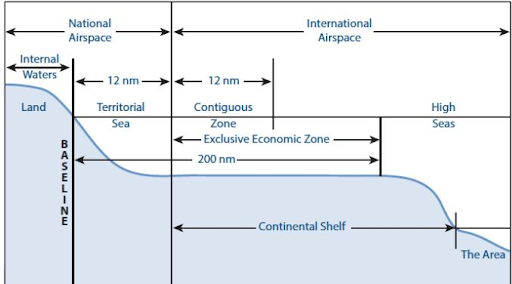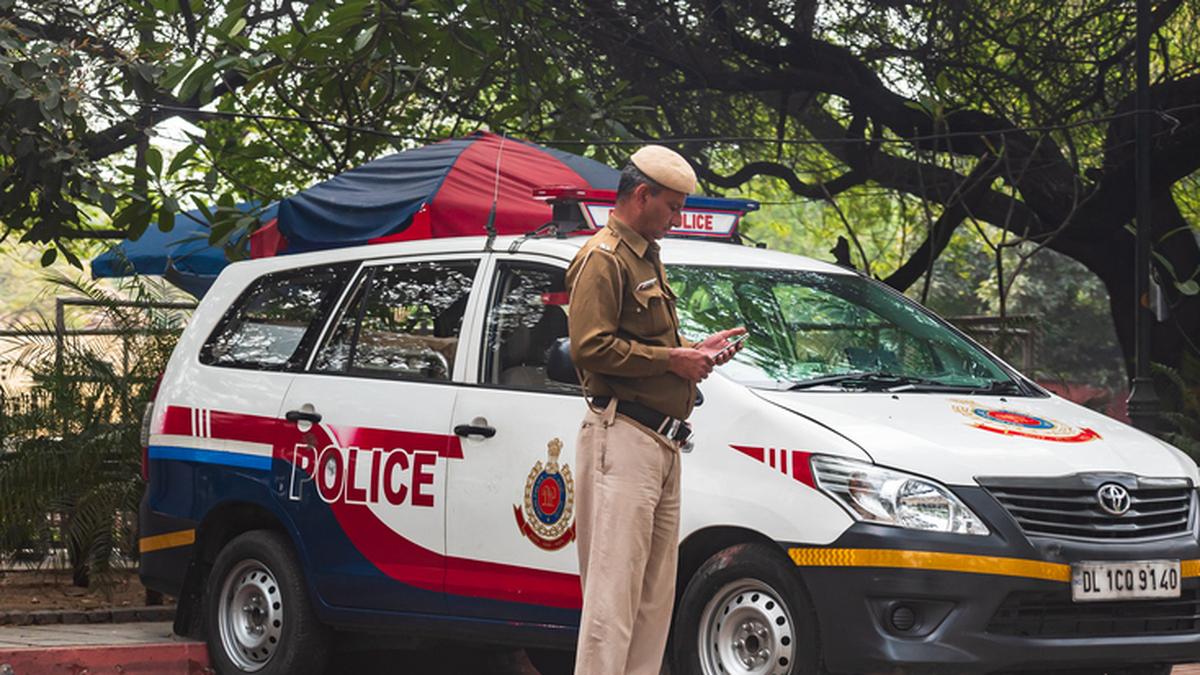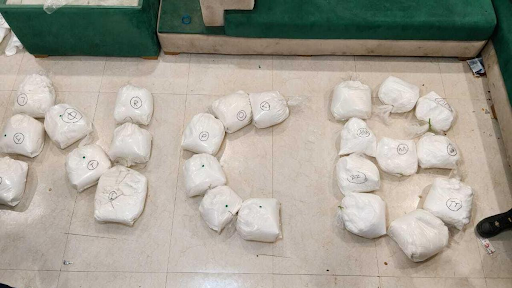



India’s post-26/11 coastal security setup uses a three-tier structure of Marine Police, Coast Guard, and Navy, coordinated by the NMSC and supported by IMAC. Yet gaps in coordination, weak marine policing, and incomplete surveillance persist. Strengthening local forces and full maritime domain awareness are essential.

Copyright infringement not intended
Picture Courtesy: THE HINDU
The Indian Coast Guard (ICG), in coordination with the Navy and other central and state agencies, conducted a coastal security exercise 'Sagar Kavach' to assess and validate the effectiveness of the coastal security mechanism.
Coastal security involves comprehensive, integrated measures to protect a nation's maritime interests, including territorial waters, the Exclusive Economic Zone (EEZ), coastline, and maritime assets, from various sea-based threats.

Importance for India:

|
Threat Category |
Details |
|
Maritime Terrorism |
Infiltration via sea routes to attack coastal cities, ports, and strategic assets, as seen in the 2008 Mumbai attacks. |
|
Smuggling & Trafficking |
|
|
Depletes marine resources, affects local fishermen, and can be used as a cover for intelligence gathering or smuggling. |
|
|
Piracy & Armed Robbery |
Threats to commercial shipping and fishermen, especially near strategic choke points. |
|
Emerging Threats |
|
|
Disputed Boundaries |
Unsettled maritime boundaries, such as Sir Creek with Pakistan, create persistent security challenges. |
Post 26/11, India established a multi-layered, three-tiered security grid to enhance surveillance and response capabilities.
The Three-Tiered Security Grid
Key Coordination Mechanisms
National Committee for Strengthening Maritime and Coastal Security (NCSMCS): Headed by the Cabinet Secretary, this is the apex body for coordinating all coastal security matters.
Joint Operations Centres (JOCs): Operated by the Indian Navy in Mumbai, Kochi, Visakhapatnam, and Port Blair to ensure real-time coordination among agencies.
Coastal Security Scheme (CSS): A scheme by the Ministry of Home Affairs (MHA) to strengthen the infrastructure of Marine Police with patrol boats, vehicles, and the establishment of coastal police stations.
Information Management and Analysis Centre (IMAC): Located in Gurugram, it is the central hub for collating maritime surveillance data from various national agencies. It is jointly operated by the Indian Navy and ICG.
Technological and Infrastructural Gaps
Human Resource and Coordination Issues
Enhancing Surveillance and Technology
Improving Coordination and Capacity Building
To secure prosperity and integrity and become a leading Indian Ocean power, India needs to strengthen its maritime security by integrating technology, improving inter-agency coordination, building capacity, involving communities, and promoting international cooperation, aligning with SAGAR vision.
Source: THE HINDU
|
PRACTICE QUESTION Q. Effective coastal security depends upon seamless coordination between multiple agencies at the central and state levels.' Discuss 150 words |
India's coastal security is a multi-layered arrangement. Layer 1 is patrolled by the state Marine Police in shallow waters up to 12 nautical miles. Layer 2, from 12 to 200 nautical miles (Territorial Waters), is secured by the Indian Coast Guard (ICG). Layer 3, beyond 200 nautical miles in the Exclusive Economic Zone (EEZ), is patrolled by the Indian Navy.
The 26/11 attack exposed critical vulnerabilities in India's coastal surveillance. Terrorists used a hijacked fishing boat to reach Mumbai undetected, demonstrating a catastrophic failure of intelligence and security. This incident triggered a complete overhaul of the coastal security architecture, leading to the creation of the three-tiered system and key coordinating bodies.
The Information Management and Analysis Centre (IMAC) is the central hub for India's maritime security data. It collates and analyzes real-time information from various sources like coastal radars, Automatic Identification System (AIS) transponders, and other sensors to create a comprehensive picture of maritime activity, thereby enhancing India's Maritime Domain Awareness (MDA).





© 2025 iasgyan. All right reserved